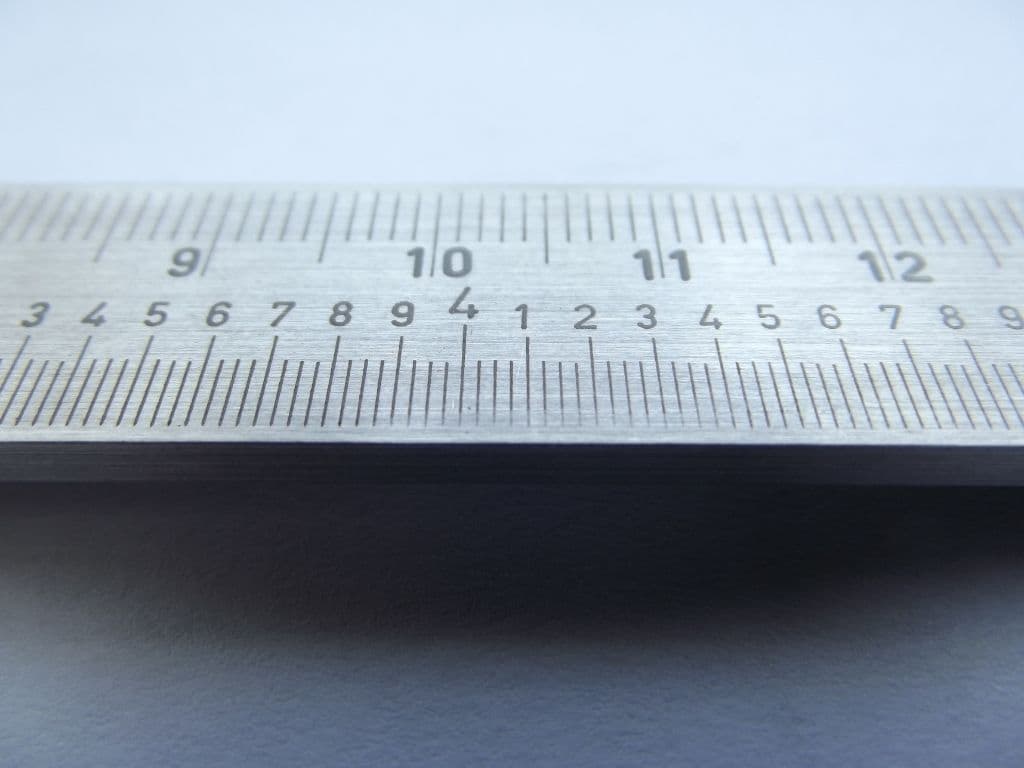In the history of art, few paintings have been bestowed with as much fame and acclaim as the Mona Lisa. Her curious smile and animated gaze have enchanted audiences for centuries, and her striking realism continues to stand as a testament to Leonardo da Vinci’s mastery of the human form and the natural world.
The Mona Lisa is so famous that the painting’s worth is valued higher than any other painting in the world.
So what are the Mona Lisa’s dimensions? The Mona Lisa’s dimensions are 77 cm by 53 cm. It is a small painting, which was common for Florentine portraits during the Renaissance.

With a reputation like the Mona Lisa’s, the natural assumption would be that it must be a large and towering portrait. This assumption is why most people are so surprised to find out that the Mona Lisa doesn’t actually take up very much space at all.
This article will get into why the Mona Lisa is so much smaller than most people would have guessed, and the details of displaying and materially preserving a painting of such size and age at the Louvre museum.
The Mona Lisa and the Tradition of Renaissance Portraiture
To understand why the Mona Lisa is a fairly small painting considering the scale of her fame, we need to take a look at the tradition of portraiture during the Renaissance, when the Mona Lisa was painted. At the beginning of the Renaissance, portraiture was a form of art reserved for depicting important religious figures like the Virgin Mary. People would have portraits of holy figures commissioned as an expression of their devotion and piety, and would place the artworks in their home as a focal point for worship and prayer.
Because these portraits were designed for indoor display, such as in a home or chapel, the paintings would be made relatively small to fit nicely propped up on a wall or altar. On occasion, certain patrons would have the artist include a small portrait of themselves within a painting of a holy scene they had commissioned, but the primary focus of portraiture remained the representation and appreciation of religious subjects.
A Rise in Secular Renaissance Portraiture
By the 15th century, the subject matter of portraiture took on a more secular bent. Complementing the rising popularity of humanist thought, the interest in portraiture became increasingly about capturing the humanity and likeness of regular, albeit socially elite, people. Wealthy merchants and members of the upper class would commission renowned artists like Leonardo da Vinci to paint their portraits, which would serve as a symbol of their status and power.
Through portraiture, the social elite believed they could capture and preserve their legacy for the years and generations to come. Like the religious portraits before them, these secular portraits were made small enough to adorn intimate indoor settings like the home.
The Mona Lisa was created in this same tradition of portraiture painting. While the portrait has raised many questions, like whether or not the Mona Lisa has eyebrows, most scholars agree that the woman in the Mona Lisa was in fact a real person – namely, a woman by the name of Lisa Gherardini. According to most art historical accounts, Lisa was the wife of a wealthy Florentine silk merchant named Francesco del Giocondo.
Francesco del Giocondo likely commissioned Leonardo da Vinci to paint this portrait of his wife in order to commemorate her pregnancy with their second child, suggesting that the portrait had to be small and personal enough to be mounted in their family home.
The length it took for Leonardo da Vinci to paint the Mona Lisa was roughly four years, from 1503 to 1507, but interestingly enough, the artist never handed over the painting to Francesco, his alleged patron. For reasons that remain unclear, Leonardo chose to take the painting with him to France upon his invitation to the French court by king Francis I. The smaller size of the Mona Lisa might have made the painting a lot more portable for the artist, facilitating the portrait’s cross-country move.
Displaying and Preserving the Mona Lisa at the Louvre
Despite its smaller size, much thought and care have gone into displaying and preserving the Mona Lisa in the renowned Louvre museum in France. In the Louvre, The Mona Lisa has a whole, vast wall to itself in the museum’s largest room known as the Salle des États.
While the Mona Lisa is in pretty decent condition considering how long ago it was painted, the portrait was completed not on canvas but a wooden poplar panel. Canvas was a material available to Leonardo da Vinci when he painted the portrait, but many Renaissance artists preferred wood as their base of choice for smaller paintings.
The Mona Lisa’s wood foundation has had particular implications for the painting’s exhibition and upkeep. For example, the wood has been subject to a degree of warping from the pressure of its initial framing, and the wood has also been exposed to insect infestation. A slight crack is also apparent towards the top of the portrait.
To protect against any further wear and tear to the wooden material, the Mona Lisa is displayed in a temperature-controlled environment sealed behind fortified glass. The glass enclosing the painting was substituted for bulletproof glassfollowing several attacks attempted on the painting in 1956, one of which managed to knick the Mona Lisa’s elbow. The painting has also been reinforced with dovetails and beech crosspieces, and adjusted into a frame designed to prevent additional warping.
While the ends of the painting’s sides have been cut to accommodate various frames over the course of its history, the dimensions of the painting itself have never been trimmed down. The Mona Lisa is perhaps a smaller painting, but its size has never detracted from the great attention given to the important work of its preservation.